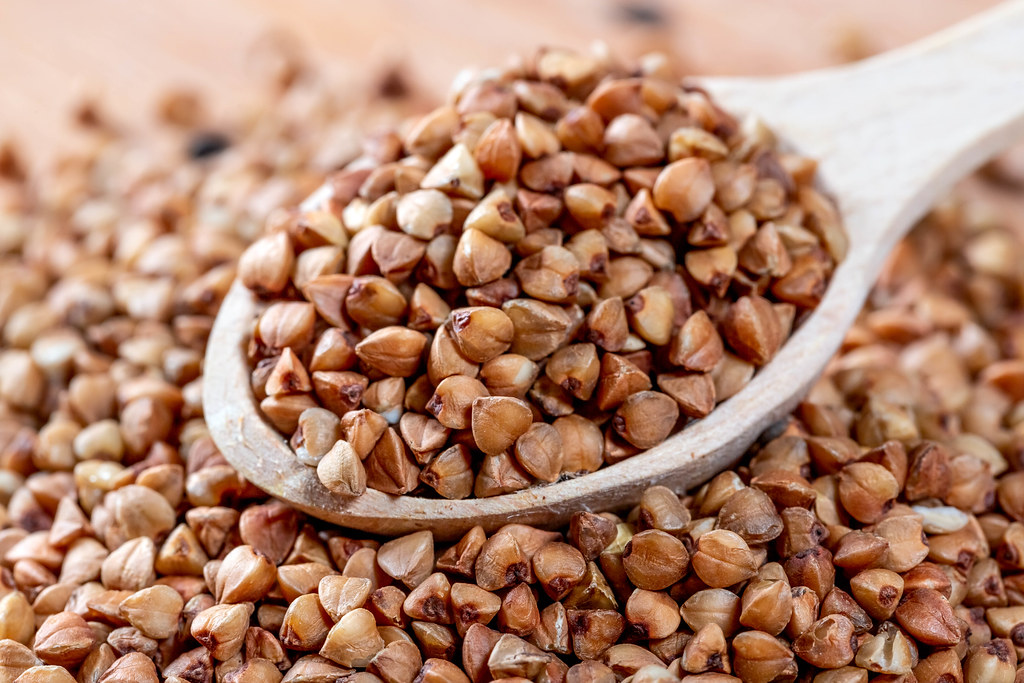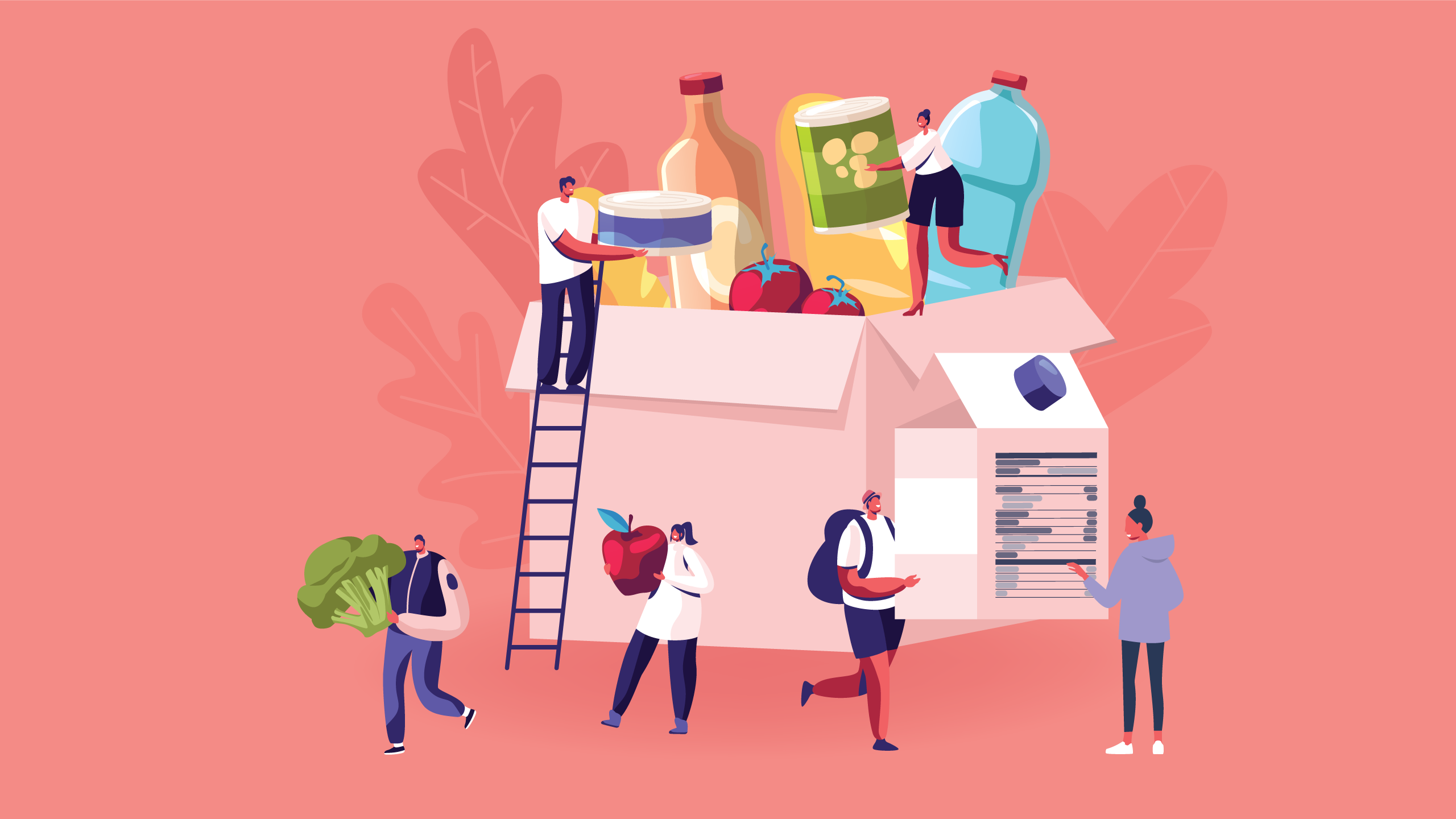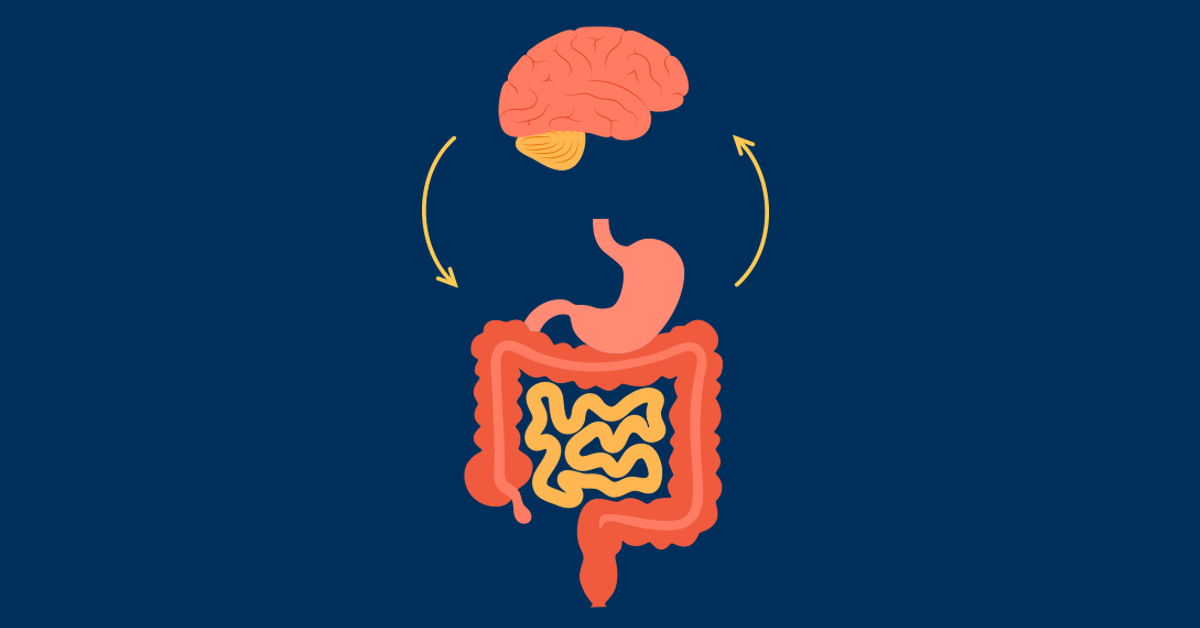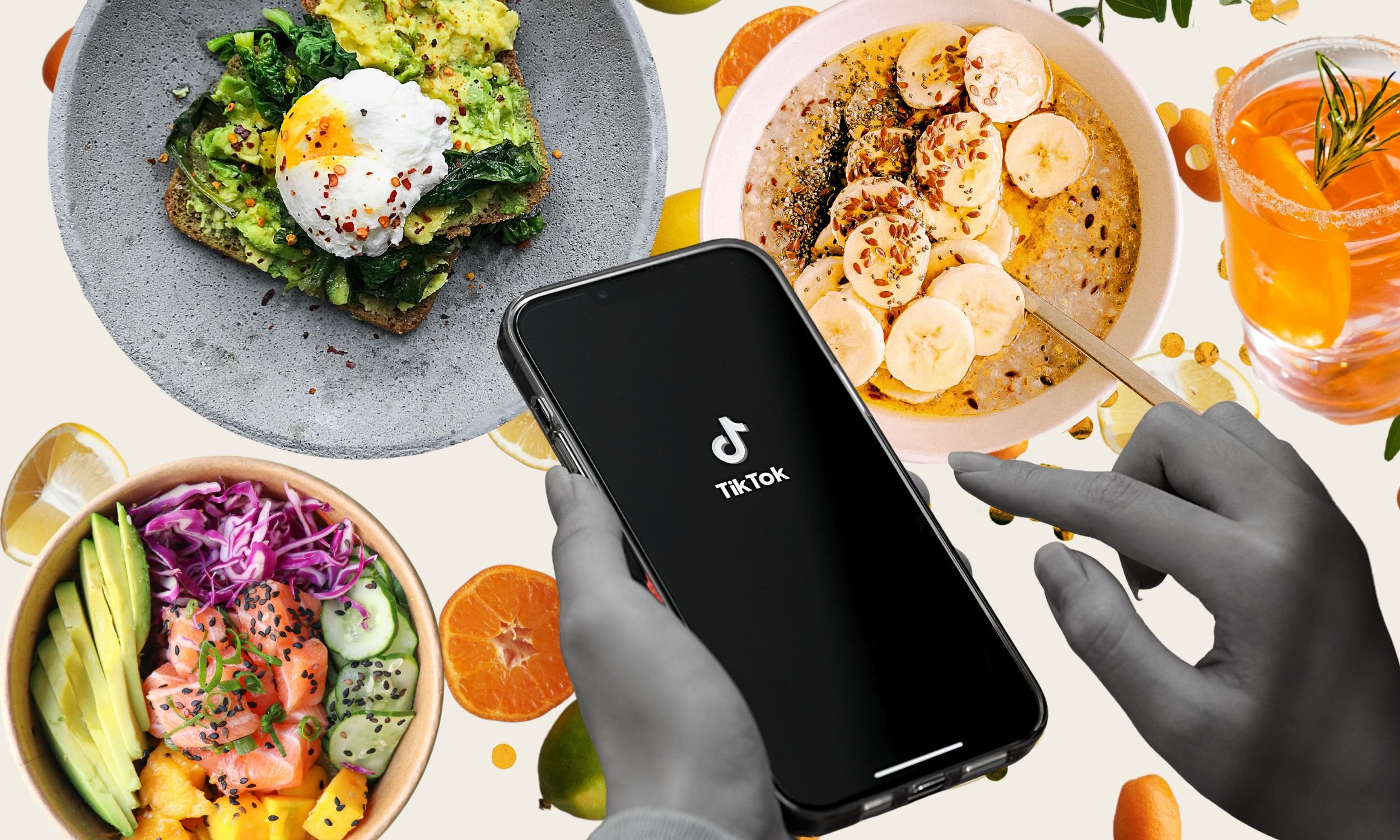08 March 2024
Food Trends 2024
In 2023 we saw the plague of girl dinners, cottage cheese diets and other bizarre TikTok trends. When it comes to food and nutrition, myriad influences remain: the lingering effects of the pandemic, economic uncertainty; political unrest; technology; and societal pressures to be more sustainable all give us food for thought. But what trends can we expect to see in 2024? And more importantly from our FoodGroup perspective, what impact will these trends have on our health?
No stopping the buck

As the push for plant-based eating continues to grow, some ingredients will stand out above the rest. For 2024, this means all things buckwheat. Here and across the globe, the buckwheat market has displayed consistent and positive growth – growth which is forecast to continue until 2030.
Soba noodle lovers, you won’t be surprised to see this trend arise. For others, you may have noticed buckwheat appear in some of your favourite cafes or used as a garnish in higher-end restaurants. So what actually is it?
Despite its name buckwheat is not a wheat, nor a grain but instead a seed harvested from a plant related to rhubarb. This gluten-free seed is rich in fibre, vitamins and minerals and is a good source of plant protein. Having been gaining popularity with health-conscious consumers, perhaps 2024 is the year buckwheat joins the list of plant-based milks on the shelf?
Understand the process

Countries around the world are clamping down on the promotion of foods high in fat, sugar and salt. This is causing quite a stir between industry and public health advocates, and it’s likely that in 2024, the term “ultra-processed” will continue to grow as a demonised phrase among consumers.
To navigate this, Mintel’s 2024 Food Trends report claims that “clear communication will become necessary to help consumers make informed decisions about how processed and ultra-processed foods and drink fit into their diet.”
The truth is, that many of our household staples are considered processed or ultra-processed, from the bread we eat for breakfast through to the plant-based milk you add to your coffee. And whether we try to avoid them or not, there is still room for these foods in a balanced diet.
Not all processed foods are the same, and as foods undergo more processing, we see key nutrients like fibre being stripped from them and replaced with sugar, salt and fats. But before you start cutting all processed foods out of your diet, it’s worth noting that processing techniques can be used as a force for good. This can be to reduce food waste, improve convenience, reduce the risk of nutrient inadequacy (e.g. fortified plant-based milk) or speed up natural processes such as fermentation (e.g. yoghurt, kimchi and other fermented foods).
Food and Mood – more than just being hangry...

Hangriness gets to the best of us, but did you know that even if you feed the hanger, the foods you eat can still have an impact on your mood?
Last year we saw ‘protein’ added to (almost) everything, from crackers to muesli bars and even ice cream. While many of us consume enough protein without needing a top-up from these fortified options, expect these to continue to dominate our supermarket shelves. But alongside this, 2024 will be the year for something health professionals can get behind: fibre.
Unlike protein, most New Zealanders don’t consume enough fibre, with many of us eating less than half the recommended amount (25g for women and 30g for men) each day. Evidence is growing on the importance of fibre, especially in its role feeding our second brain, the gut.
Our gut is home to billions of bacteria, both good and bad, which together make up our gut microbiome. The microbiome activates a neural pathway that sends messages directly between the gut and the brain, and the food we eat effects these messages. Therefore, eating foods that support your gut health such as fibre can have a positive impact on your mental and emotional wellbeing. As the conversation on gut health continues, we could see a surge in new product innovations rich in fibre.
Social Media: Scroll, save, eat 
As the world picks back up after the slow pace of life in a pandemic, consumers are eager to spend less time thinking about mealtimes, and more doing what they love. Not only are people looking for convenience when cooking, they want this convenience to extend to menu planning. This is where AI and social media come in handy – and with the rise of the Apple Vison Pro and AR (augmented reality) we’re seeing these tools being integrated into kitchens across the globe, and New Zealand is no exception.
This year, we will continue to see more consumers reach to social media and AI for meal inspiration using the ingredients already in their pantries. These platforms enable people to cook alongside their favourite chefs and/or try foods they otherwise wouldn’t cook. Depending on someone’s algorithm, it may expose you to foods higher in fat, sugar and salt. However, we may also see people seeking inspiration for healthier alternatives and diversifying their weekly menu.
tilly.smith@networkcommunication.co.nz
